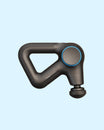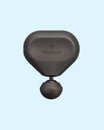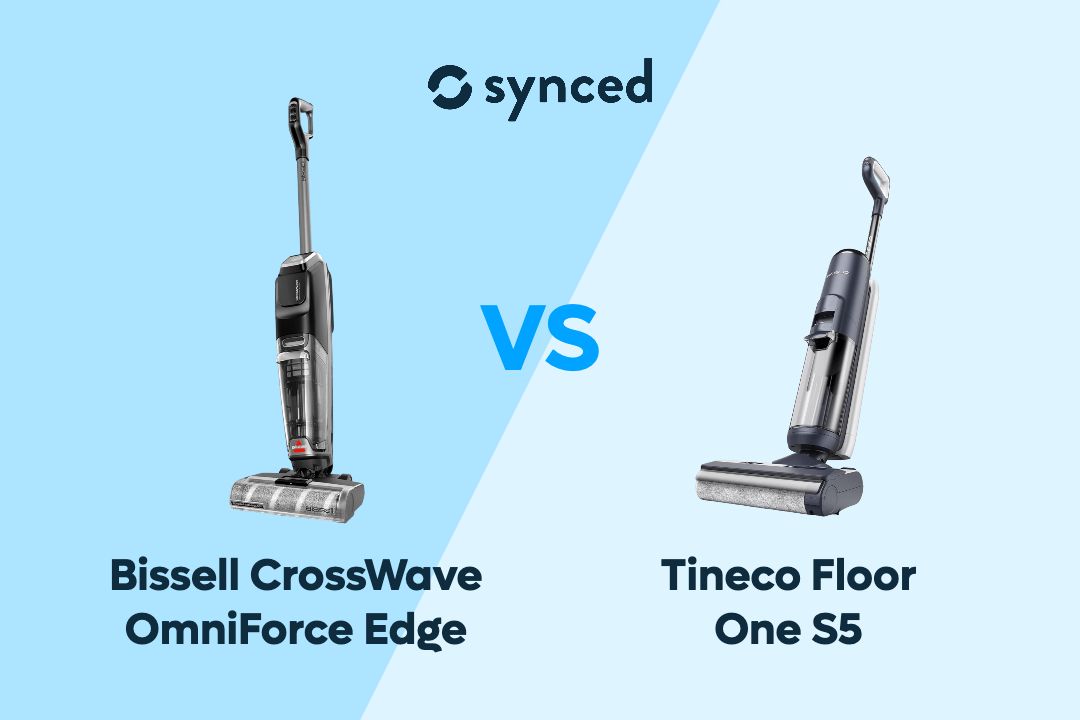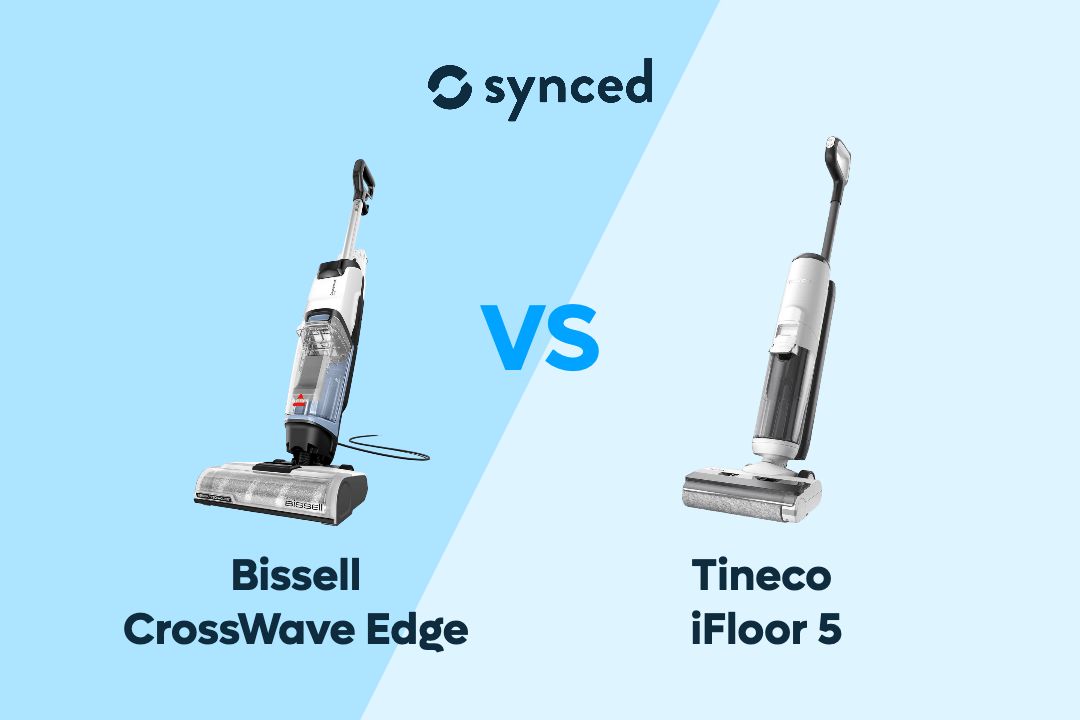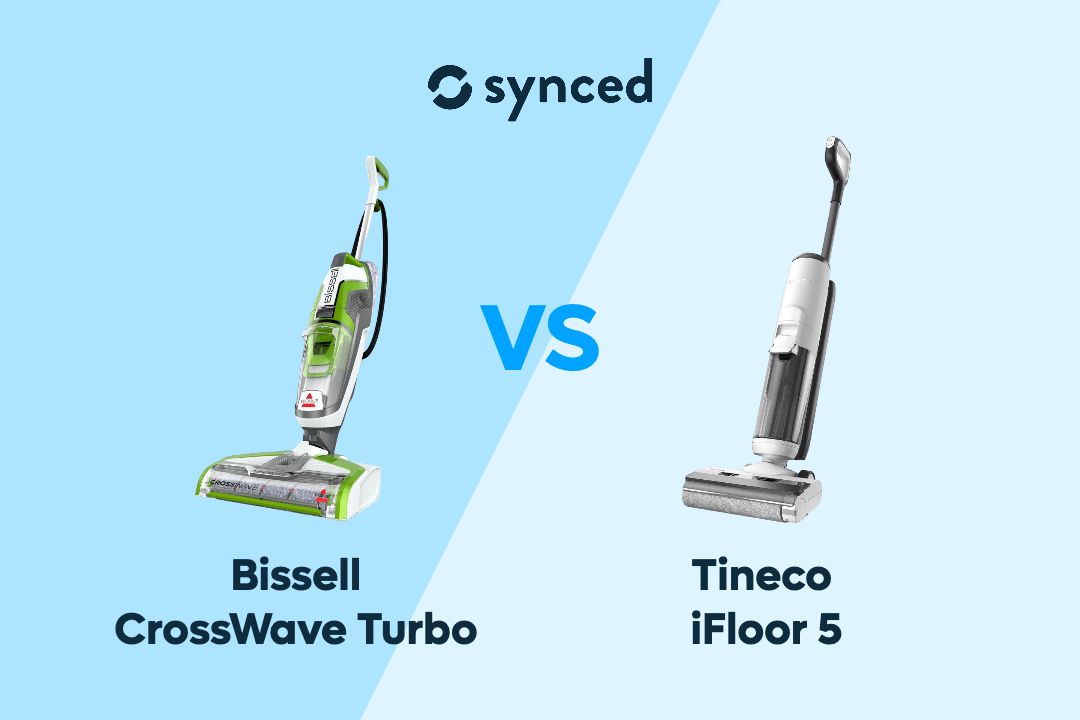LG C3 vs Samsung QN90D: OLED's Perfect Black vs. Mini-LED's Dazzling Brightness
By Elisabeth Christ
Published May 2024

The battle of the titans is upon us, as the LG C3 and Samsung QN90D duke it out for the title of ultimate home entertainment system. Both boasting state-of-the-art features and stunning visuals, these two display giants are sure to have tech enthusiasts and casual viewers alike on the edge of their seats. Join us as we dive deep into the specifications, performance, and overall value of these premium offerings, helping you make an informed decision that will elevate your viewing experience to new heights.
Key Takeaways
The LG C3 and Samsung QN90D, both 2023 flagship TVs, showcase distinct display technologies. The C3, with its OLED evo panel, boasts perfect blacks, infinite contrast, and a 120Hz refresh rate powered by the α9 AI Processor 4K Gen6. It supports HDR10, HLG, and Dolby Vision IQ, making it ideal for dark room viewing and cinematic experiences. The QN90D, on the other hand, utilizes Mini LED technology with Quantum Matrix Technology, delivering impressive brightness, a wider color gamut, and HDR10, HDR10+, and HLG support. It also features a 120Hz refresh rate, Object Tracking Sound+, and Q-Symphony for enhanced audio. While the C3 excels in dark environments, the QN90D shines in bright rooms and with HDR content.


Samsung QN90D
Better Choice for Bright Room Viewing
✓ NQ4 AI Gen2 Processor with intelligent features that enhance the viewing experience
✓ Quantum Matrix Technology for detailed imaging by ultra-fine light control
✓ Motion Xcelerator 144Hz
✓ Ultra-slim design

Samsung QN90D
Better Choice for Bright Room Viewing
✓ NQ4 AI Gen2 Processor with intelligent features that enhance the viewing experience
✓ Quantum Matrix Technology for detailed imaging by ultra-fine light control
✓ Motion Xcelerator 144Hz
✓ Ultra-slim design
#1 Price & Design

LG OLED Evo C3
The LG C3 and Samsung QN90D occupy similar price brackets, with the C3 starting at $1,699 for the 55-inch model, while the QN90D at $1,999 for the same size. In terms of design, both TVs sport sleek, minimalist aesthetics. The C3 features a nearly bezel-less design, giving it a floating appearance, while the QN90D boasts a slim profile and a central stand.
However, there are some differences in their design philosophy. The C3 prioritizes thinness and lightness, making it ideal for wall mounting, while the QN90D is slightly thicker and heavier due to its Mini LED backlight.
#2 Image Quality

Samsung QN90D
The LG C3's OLED evo panel is renowned for its perfect black levels and infinite contrast, thanks to its self-emissive pixels that can be turned off completely. This results in an unparalleled cinematic experience, especially in dark rooms, where details pop and colors appear more vibrant. The C3 supports HDR10, Dolby Vision, and HLG, ensuring a wide range of compatible content.
In contrast, the Samsung QN90D, with its Mini LED technology, delivers exceptional brightness and vibrant colors. Its Quantum Matrix Technology with Mini LEDs allows for precise backlighting control, minimizing blooming and delivering deep blacks (although not as deep as OLED). The QN90D supports HDR10, HDR10+, and HLG, ensuring a dynamic and immersive viewing experience. Both TVs excel in their own right. The C3 shines in dark rooms with its perfect blacks and wide viewing angles, while the QN90D outshines it in bright environments with its superior brightness and wider color gamut.
#3 Sound Quality

LG OLED Evo C3
Sound quality is often overlooked in TV comparisons, but it's a crucial aspect of the overall viewing experience. The LG C3 features a 2.2 channel speaker system with a total output of 40W. While it delivers clear dialogue and decent sound, it might lack the punch and immersion for action-packed movies or intense gaming sessions.
The Samsung QN90D boasts a more powerful 4.2.2 channel speaker system with a total output of 60W. It also features Object Tracking Sound+, which moves the sound in sync with the on-screen action, and Q-Symphony, which allows the TV speakers to work in harmony with a compatible Samsung soundbar.
In terms of audio performance, the Samsung QN90D has a clear edge over the LG C3 with its more powerful speakers and advanced features. However, for the most immersive sound experience, both TVs would benefit from a dedicated soundbar or surround sound system.
#4 Features & Performance

Samsung QN90D
When it comes to features and performances, both the LG C3 and Samsung QN90D are packed with features and deliver impressive qualities. The C3 is powered by the α9 AI Processor 4K Gen6, which uses deep learning algorithms to upscale content and optimize picture quality. It also boasts a 120Hz native refresh rate, making it ideal for gaming and fast-paced action.
The Samsung QN90D is equipped with the NQ4 AI Gen2, which also employs AI to enhance picture quality and upscale lower-resolution content. It also features an up to 144Hz refresh rate and offers various gaming features like FreeSync Premium Pro and a dedicated Game Bar. Both TVs run on their respective smart TV platforms – LG's webOS and Samsung's Tizen. Both platforms offer a wide range of streaming apps, in
#5 Potential Drawbacks

LG OLED Evo C3
The LG C3, like all OLED TVs, has the potential for burn-in, although this is less of a concern with modern OLED panels. It also might not be the brightest TV on the market, which could be a disadvantage in very bright rooms. The Samsung QN90D, despite its Mini LED technology, might experience some blooming around bright objects against dark backgrounds. Its local dimming algorithm can be aggressive at times, potentially crushing some shadow details.
LG C3 vs Samsung QN90D
Final Thoughts

LG C3 vs Samsung QN90D
Whether you're a cinephile seeking the ultimate in picture quality or a gamer craving the smoothest, most responsive display, the LG C3 and Samsung QN90D are both worthy contenders. Depending on your specific needs and preferences, one of these displays may emerge as the clear winner, offering a tailored experience that will have you wondering how you ever settled for anything less.
If you like to read more about Smart TVs, check out our other relevant guides here:
Samsung QN800D vs QN900D
Samsung QN85C vs QN85D
Samsung QN90D vs QN90C
Samsung QN900C vs QN900D
Samsung QN800C vs QN800D
Don't miss out on tech
Subscribe to our newsletter to stay up to date on the latest tech trends and guides on the best gadgets around.


